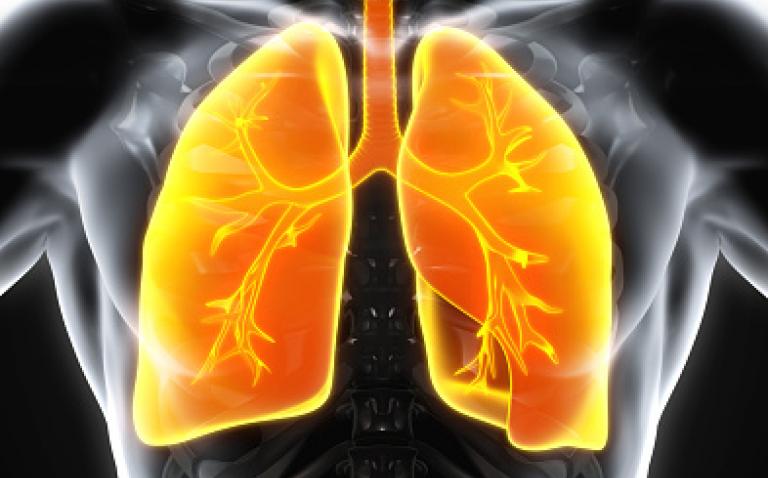Boehringer Ingelheim, working with pharmaphorum media, has brought together patients, patient groups and globally renowned clinicians to launch a report into IPF entitled Inspiration – a new initiative dedicated to raising awareness of IPF,1 a rare disease that is relatively unheard of, frequently misdiagnosed and little understood.
Here in the UK, more than 15,000 people have IPF, a fatal condition characterised by permanent scarring of the lungs and loss of lung function over time.2 Currently, the average time to diagnosis is one to two years following the onset of symptoms, and the majority of patients will not live more than three years from diagnosis.3
“I am impressed by the efficacy and easy reading of the whole report. It really catches the attention on the important points and is something that so far has not been available to the community,” commented Professor Luca Richeldi, University of Southampton. “With the number of people being diagnosed with IPF in the UK steadily increasing year on year, government and policymakers need to prioritise this condition as though it were a cancer. This report will go a long way towards achieving this aim.”
Mirroring the themes identified in this publication, an international survey of over 500 people living with IPF in more than 20 countries worldwide reveals the real-life emotions faced by those with the devastating disease.4 The results are launched on Rare Disease Day 2016 to coincide with this year’s theme ‘Patient Voice’, recognising the crucial role that patients play in voicing their needs.
When asked ‘what do you think of when you think of IPF?’, the thought most frequently expressed by respondents was breathlessness (33%),4 one of the most common symptoms of IPF.3 As the condition causes the lung tissue to become thickened, stiff and scarred over time,3 the reality is that shortness of breath makes it difficult for people affected by IPF to carry out everyday tasks such as showering or getting dressed.5
The research also reveals that the progressive and unpredictable nature of this fatal lung disease places an emotional burden on those affected by the condition; almost a quarter (23%) of respondents said they fear not being able to do the things they used to do before having IPF and one in three people said they feel “frustrated” by the condition (29%).4
Dr Toby Maher, Consultant Respiratory Physician at the Royal Brompton Hospital in London, United Kingdom commented: “This thought-provoking research echoes what my patients talk to me about when we discuss life with IPF. Thankfully our understanding of the treatment of IPF has moved forward a lot in the last few years. As physicians we can help address the negative emotions many patients experience at diagnosis and improve how they see their future with the disease so they feel positive about starting effective treatment.”
Patient advocacy groups also play an extremely important role in making it easier to live with the condition; 42% of respondents said that patient groups made them feel less isolated and provide access to important information.4
Mike Bray, Chairman, Action for Pulmonary Fibrosis (APF), said: “Living with IPF can be distressing and too few people appreciate just how isolating living with a rare disease like IPF can be. This research and the launch of the collaborative magazine Inspiration are important ways for those of us who are affected to be heard, so that understanding and support for the IPF patient community continues to improve.”
References
- Inspiration – published by Boehringer Ingelheim, 29/02/16. Available at: http://www.boehringer-ingelheim.co.uk/content/dam/internet/opu/uk_EN/images/IPFreport.pdf. Last accessed February 2016.
- Navaratnam V. The rising incidence of idiopathic pulmonary fibrosis in the UK. Thorax 2011; 66:462–7.
- Idiopathic pulmonary fibrosis in adults: diagnosis and management NICE guidelines [CG163] Published date: June 2013 Available at: http://www.nice.org.uk/guidance/cg163. Last accessed: February 2016
- Boehringer Ingelheim data on file. DOF NIN16-03 ‘When I think of IPF, I think of…’ Patient Poll. 2015.
- Pulmonary Fibrosis Foundation. Symptoms. Available at: http://www.pulmonaryfibrosis.org/life-with-pf/about-pf. Accessed February 29 2016.
- Raghu G et al. An official ATS/ERS/JRS/ALAT statement — idiopathic pulmonary fibrosis: evidence based guidelines for diagnosis and management. Am J Respir Crit Care Med 2011; 183:788–824.










